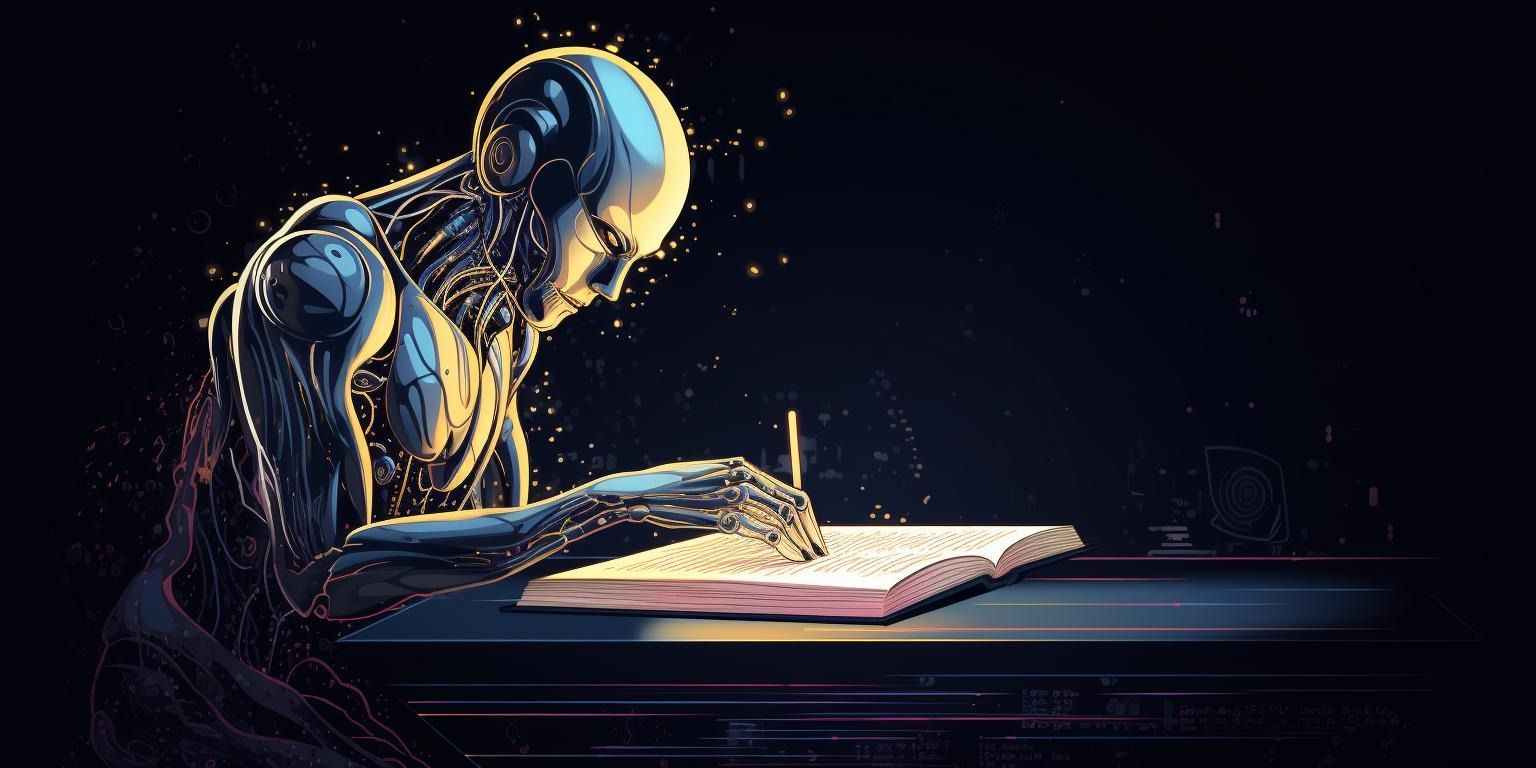In informatics, students produce various digital products (referred to in the curriculum as "IT systems"). However, the course also includes an academic goal, where students must learn to reflect on how digital has affected and still affects us:
The student must be able to provide examples of how IT systems affect and affect human activities.
(From the Informatics C curriculum)
Challenge
Getting students to relate to how much digital has affected us as humans can be challenging, partly because they have not experienced a world that was not permeated by digital. Various broadcasts specifically deal with what it was like to be human before the advent of digital. (Among other things, I can recommend the British documentary series "The Time Machine of Technology"). If you want to activate students more, consider including ChatGPT as a "storyteller".
ChatGPT as a liar and storyteller
The major language models, such as OpenAI's ChatGPT, Microsoft's Bing AI, and Google's Bard, all tend to "hallucinate." That is, sometimes, they invent their reality without regard to facts. This fact is also at the root of criticism at large language models. Among other things, ChatGPT has been accused of being a "schizophrenic, senile lust liar". In a podcast, professor of mathematical statistics Olle Häggström also compares ChatGPT to an "automated mansplaining machine" because ChatGPT tends to sound very convincing, even when it answers something that doesn't fit. But this tendency to "make up" can be used constructively if, as mentioned, we use ChatGPT as a storyteller in relation to, for example, being young in a digital and a non-digital world, respectively.
An example of a ChatGPT storyteller process
A story from the present
First, students are put into groups of two and two to identify six important activities or areas where they use smartphones, the internet or social media. Once students have done that, the next task will be to use these six activities or areas in a ChatGPT prompt and then have them write a story based on it.
Here is an example where students have agreed on the activities: games, schoolwork, news reading, chatting with friends, shopping, and watching series:

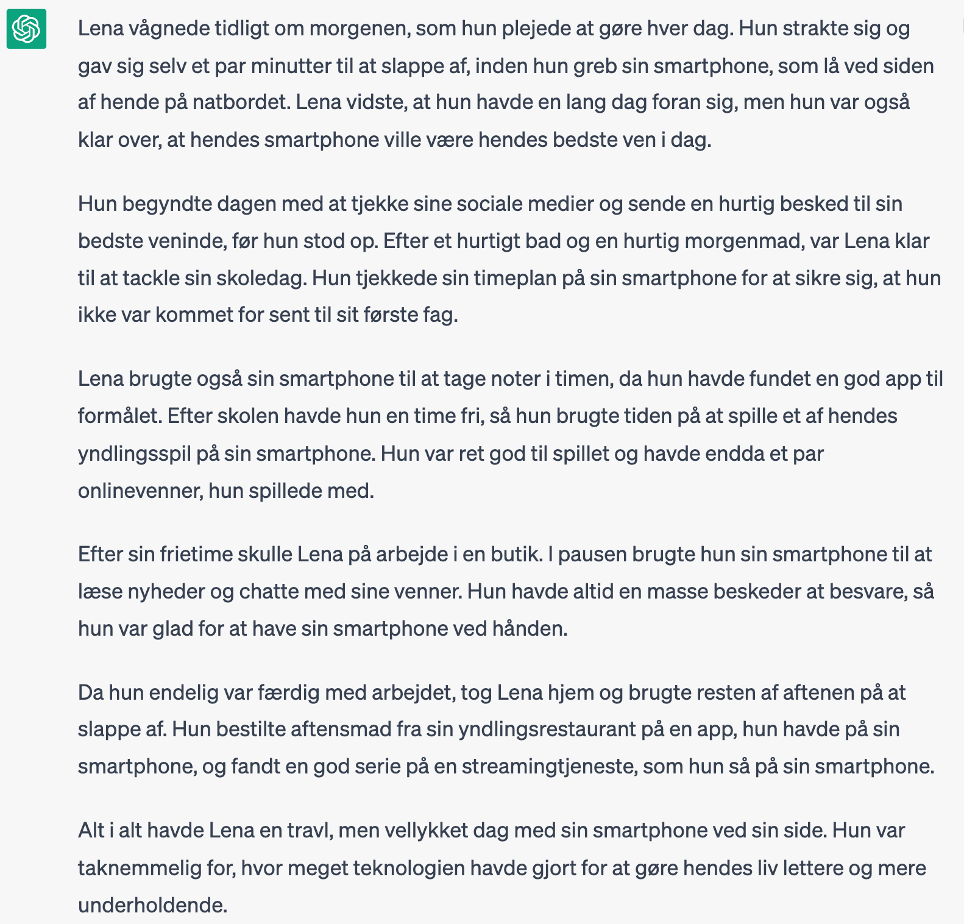
As we can see, ChatGPT has conscientiously written a short story about Lena and how she specifically uses modern digital technology to play games, for schoolwork, read the news, chat with friends, shop, and watch series. If the students are strong in writing, you can also get them to write a story with the same starting point.
Back in time
Once students have created a story set in something similar to the present, they must then have ChatGPT rewrite the story so that it takes place 50 years ago:

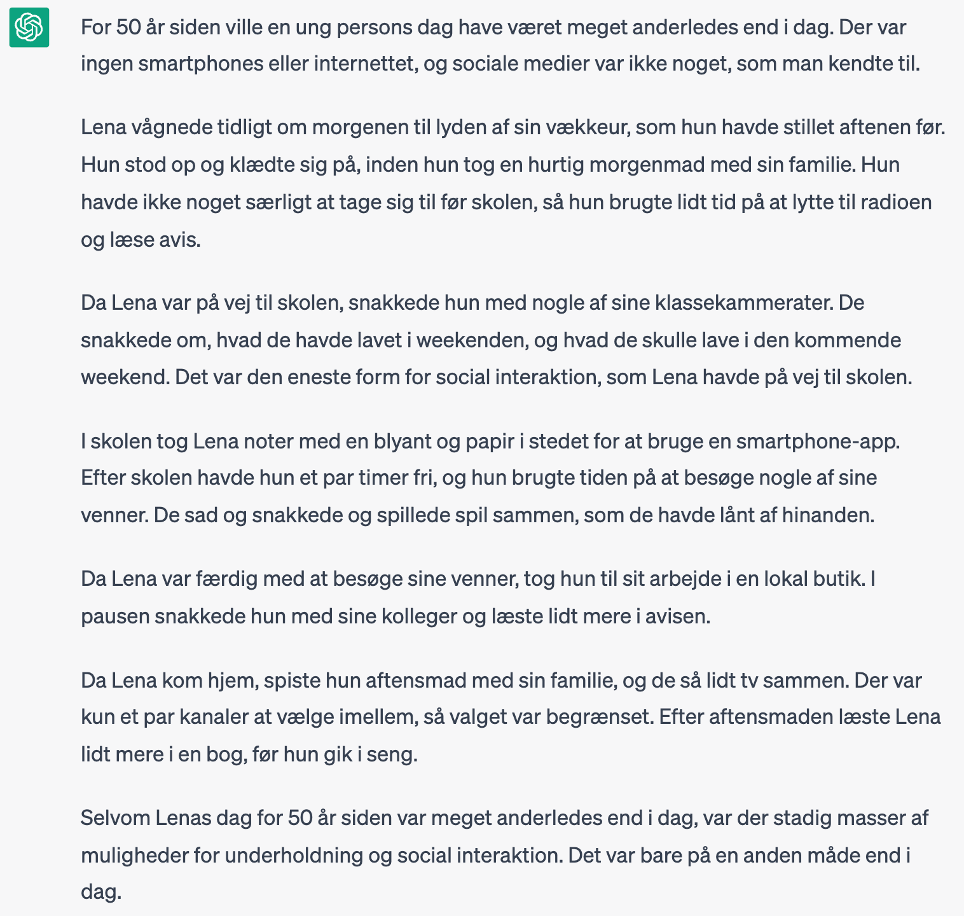
Again, we see in the example that ChatGPT has conscientiously taken all the same activities and situations with it but has rewritten them so that they could take place 50 years ago. (However, in Denmark 50 years ago, it was probably the most common to only have access to one TV channel and not a few. But this is probably a "bias" - ChatGPT draws on training material with a cultural bias about Danish conditions.)
Further activation of students
To get students to read and relate to what ChatGPT has written, you can have them create two storyboards or comics where they draw the two stories, focusing on the six activities or areas they chose. (There is an option to download a template at the bottom of this document).
Below are some examples of such small comics:
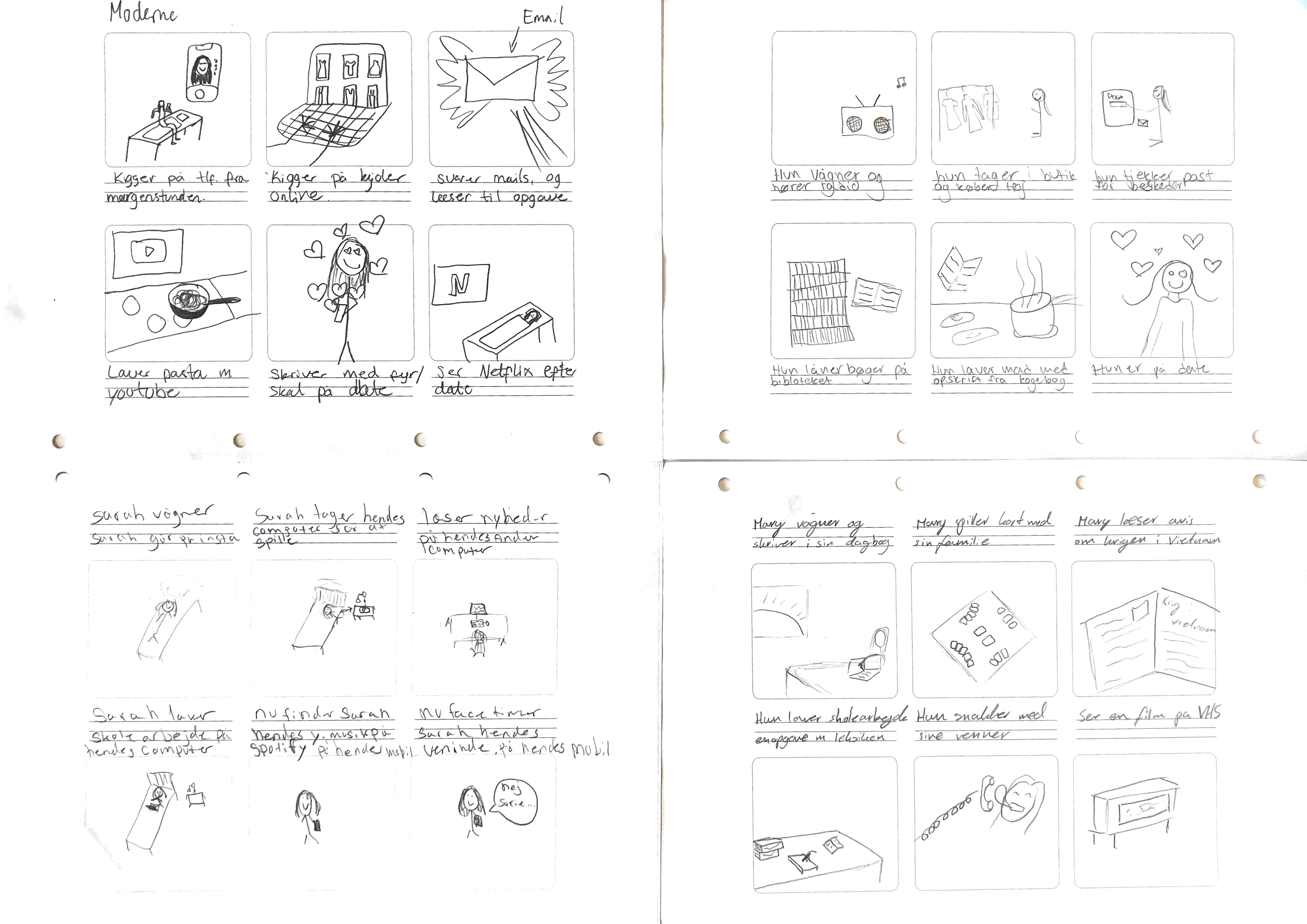
Students can then present their six activities, areas, and small comics to each other, asking them to relate to what the world looked like to a young person 50 years ago when digital technology was not widespread.
Remember joint collection
It's also a good idea to do a round-up in class. For the compilation, you can try to write on the blackboard how you coped with different activities today and back when digital had not yet become a large part of ordinary life. Here, of course, the teacher must correct any errors in what ChatGPT has come up with. As mentioned, an important point in working with generative language models is that we can never know what they write.
It would also be a good idea to include proper sources about how it has changed to be young over the past 50 years so that the statements of the great language models do not stand alone. They must never do that if we use them to describe what the world is or has been.
At the bottom of the page, it is possible to download a document with the entire assignment that can be printed out to the students.
The impact of digital on companies and organizations
You can do the same exercise if you also want students to reflect on how digital has affected companies and organizations. But this time, students should start by reflecting on the six activities for which the employees of a particular company or organization use smartphones, the internet, and social media (or other digital technologies). Then you can use this prompt:

Afterward, you can continue the exercise in the same way as described above. Again, it's important to remember that ChatGPT may be writing something that doesn't make sense or is wrong. Here, it is the teacher's role to step in and correct incorrect (or very improbable) descriptions of reality.
Here is the assignment that can be printed for students:
Links used in the article:

Gymnasieskolen.dk
Examples of sources of how being young has changed:

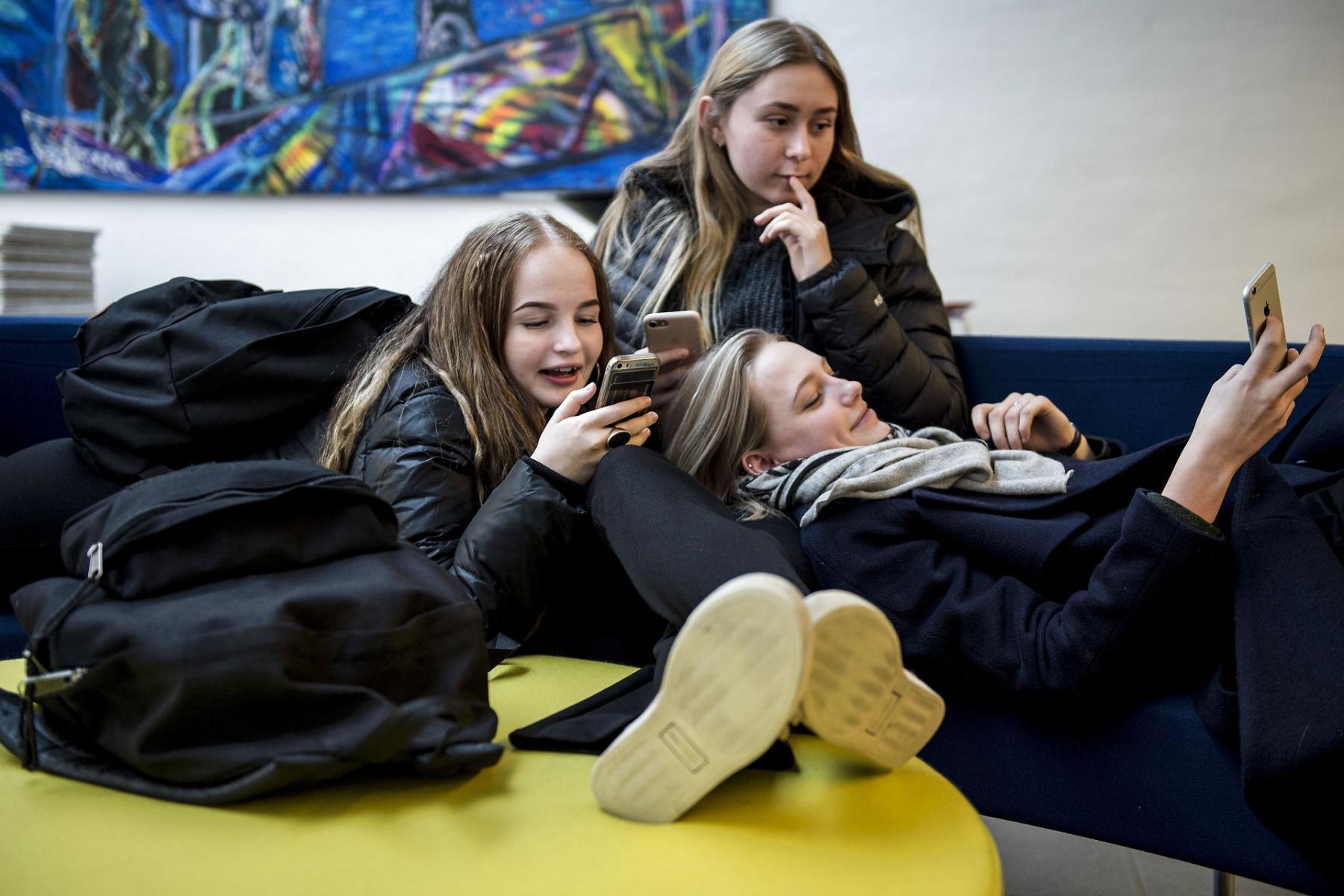
If, after this course, you want to take a closer look at the technological developments that have made the digital world as we know it today, then I can recommend the documentary "Steve Jobs - The Man Behind Apple", which takes a closer look at the most important technological revolutions that Steve Jobs had contact with.
